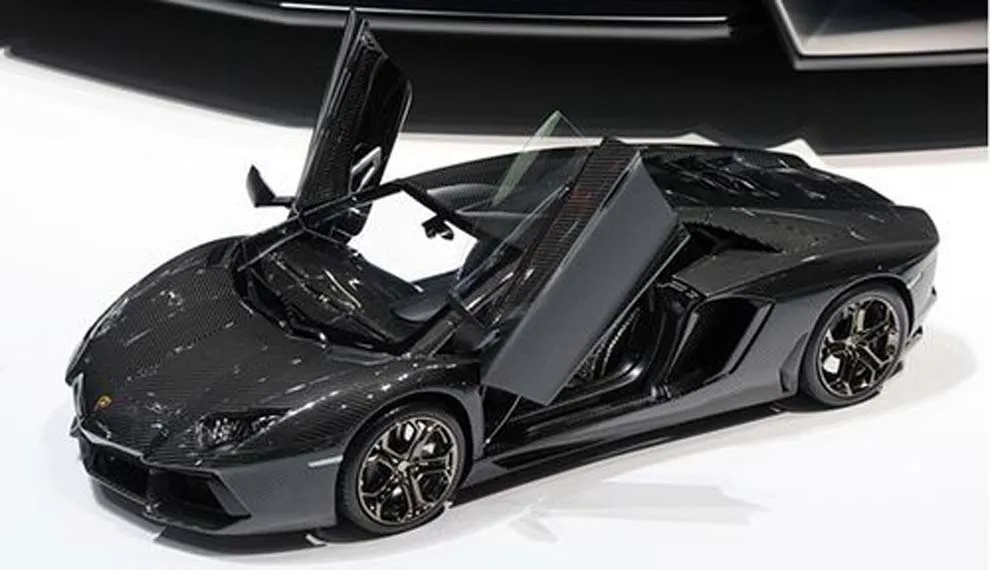What are Diecast Model Cars
Diecast model cars are miniature replicas of real-life vehicles, crafted primarily from die-cast metal. These models are not just toys, they’re highly detailed representations that capture the essence of their full-sized counterparts. Ranging in scale from 1:64 to 1:12, these models offer an immersive experience for collectors and enthusiasts. The term “diecast” refers to the manufacturing process, where molten metal is injected into molds to create intricate and accurate forms. The level of detail can be extraordinary, with features like opening doors, detailed interiors, and realistic paint jobs, making each model a work of art. Collecting diecast cars provides a tangible link to automotive history and design, allowing enthusiasts to appreciate the evolution of cars from classic eras to modern marvels.
Brief History and Evolution
The history of diecast model cars dates back to the early 20th century, with the first models appearing in the 1900s. Initially, they were simple toys made from lead and tin. The introduction of die-casting technology in the 1930s revolutionized the industry, allowing for more intricate designs and higher production volumes. During World War II, the production of diecast models was halted due to metal shortages. However, the industry experienced a resurgence in the post-war era, with new materials like zinc alloys and improved manufacturing techniques leading to greater detail and durability. Over the decades, diecast cars have evolved from simple toys to highly collectible items, reflecting the changing tastes and technological advancements of the automotive world. Today, manufacturers continue to push the boundaries of detail and realism, appealing to a global community of collectors.
Key Features of Diecast Cars
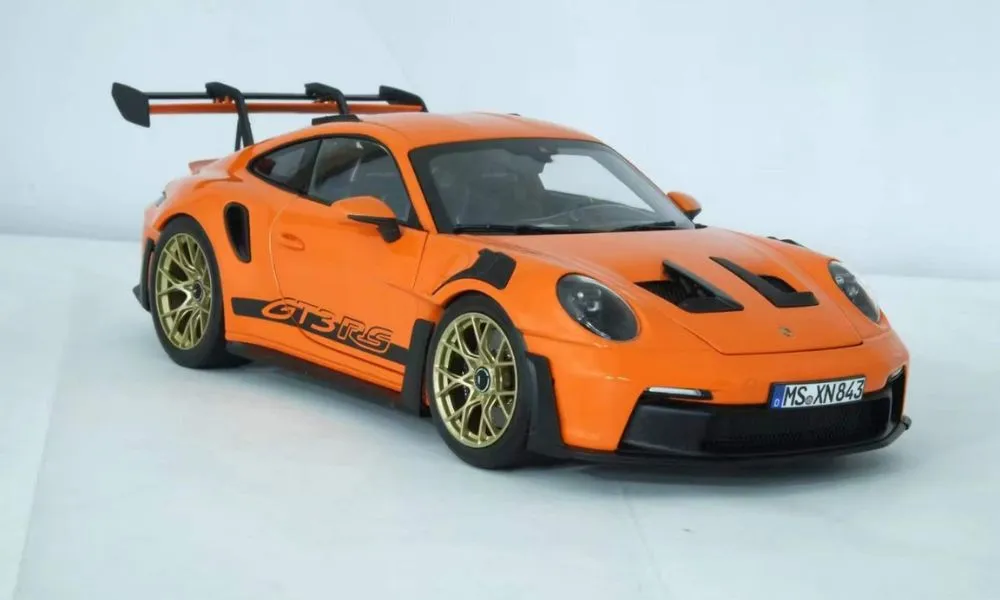
Diecast model cars are defined by several key features that distinguish them from other types of models. The die-cast metal construction is the most fundamental, providing a durable and weighty feel. These models often feature opening doors, hoods, and trunks, revealing detailed interiors, engines, and chassis. The level of detail varies depending on the scale and manufacturer, but high-end models often include features like realistic paint finishes, accurate badging, and detailed engine compartments. Furthermore, the wheels and tires are often made from rubber, adding to the realism. Collectors also appreciate the packaging of diecast cars, with many models coming in display-worthy boxes that add to their value. The combination of these features makes diecast cars highly desirable collectibles for both children and adults.
Why Collect Diecast Cars
Collecting diecast cars offers a unique blend of enjoyment, appreciation, and potential investment. The hobby provides an avenue for expressing personal interests in cars, history, and design. It offers a nostalgic connection to childhood memories and a tangible link to the evolution of automotive technology. For many collectors, the aesthetic appeal of these miniature vehicles is a primary motivator, with the intricate details and craftsmanship providing endless fascination. Beyond the personal enjoyment, diecast cars can also serve as a form of social connection, with collectors often forming communities to share their passion and knowledge. The hobby can also be a stress reliever, providing an engaging activity that allows for relaxation and mental stimulation.
Appreciating Value and Nostalgia
Diecast cars hold a special place in many people’s hearts because of their nostalgia factor. Many collectors began their journey as children, playing with these miniature cars and developing a lifelong love for them. This nostalgia extends to the cars themselves, as they often represent iconic vehicles from different eras, sparking memories of the past. The value of these models can also appreciate over time, particularly for rare or limited-edition pieces. The condition of the car, its original packaging, and its rarity all contribute to its value. Collectors often seek out models that remind them of their childhood or represent significant moments in automotive history. This combination of sentimental value and potential investment makes diecast collecting a rewarding hobby.
Potential for Investment
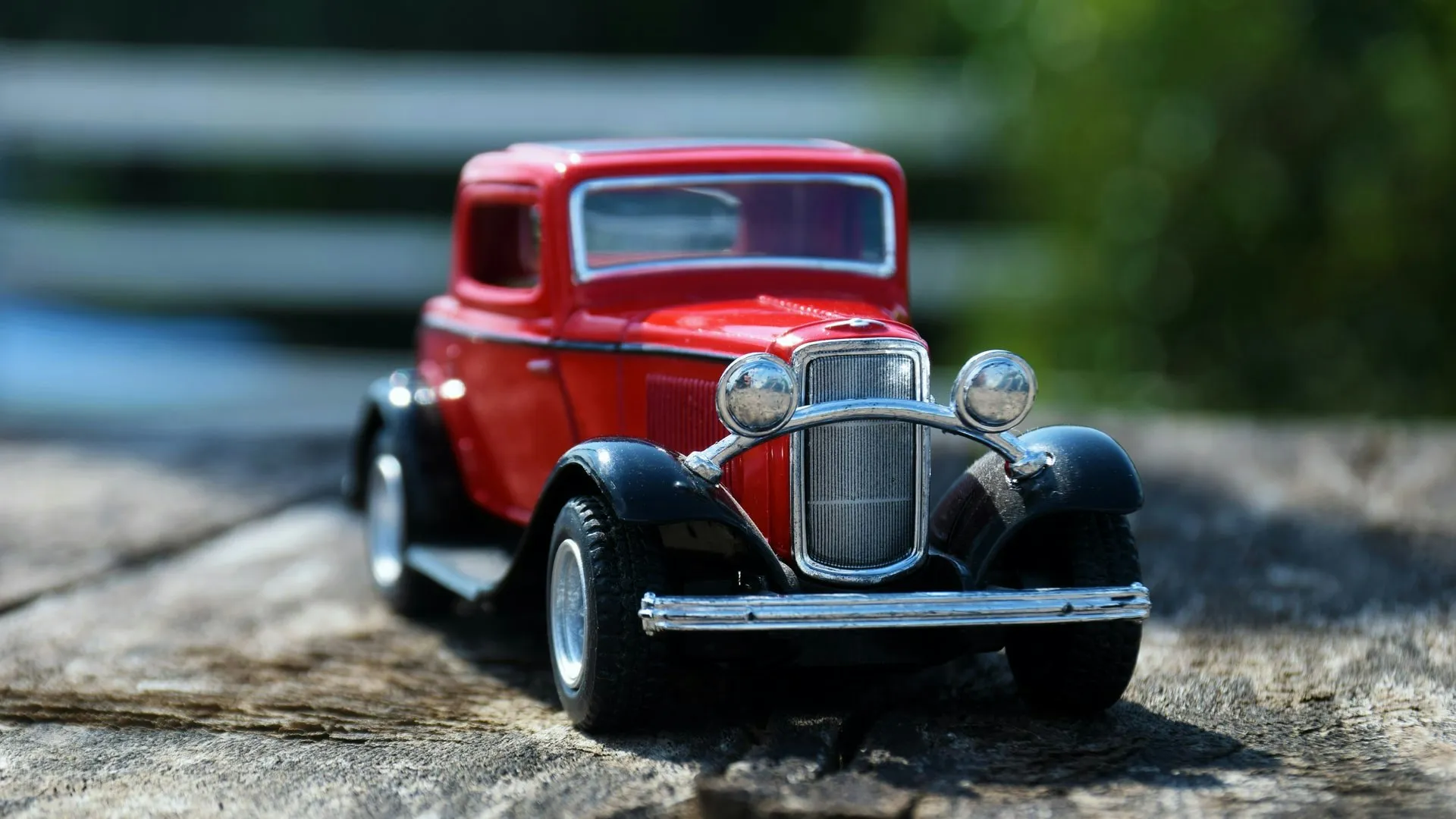
Diecast cars can be a viable investment for those who approach the hobby with a strategic mindset. Certain models, particularly those that are limited edition or vintage, can significantly increase in value over time. Factors such as the manufacturer, the rarity of the model, the condition, and the presence of the original packaging all influence the potential for appreciation. The market for diecast cars is dynamic, with trends and demand fluctuating over time. Collectors who stay informed about market trends, research the history of models, and acquire well-preserved pieces often see a return on their investment. However, like any investment, there are risks involved. It’s essential to approach diecast car collecting as a long-term investment and to diversify your collection to mitigate potential losses. Focusing on well-known brands and seeking expert advice can also help maximize investment potential.
Getting Started with Diecast Collecting
Embarking on a diecast car collecting journey can be an exciting and rewarding experience. The first step involves defining your personal interests and setting a budget. Identify what types of cars appeal to you most, whether it be classic cars, sports cars, or specific brands. Determine how much you are willing to spend, as this will influence the types of models you can acquire. Research different scales and brands to understand their characteristics and the level of detail they offer. Visiting local hobby shops, attending car shows, and joining online collector communities are great ways to learn and network. Once you’ve established your preferences, you can begin building your collection by carefully selecting models that align with your interests and budget. Patience and persistence are key, as the most satisfying collections often take time to build.
Defining Your Interests and Budget
Before diving into the world of diecast car collecting, it’s crucial to define your interests and set a budget. Consider what aspects of car culture appeal to you most. Do you admire classic cars, modern sports cars, or perhaps specific brands like Ferrari or Porsche? This will help narrow down your focus and make your collection more cohesive. Next, establish a budget. Determine how much you are comfortable spending on individual models and on your collection overall. Setting a budget helps prevent overspending and ensures that you can continue to grow your collection without financial strain. Start by researching the prices of the models you are interested in, as this will give you a realistic understanding of what to expect. Remember that collecting is a long-term hobby, so it is okay to start small and gradually expand your collection over time.
Choosing Your Scale and Brands

Selecting the right scale and brands is crucial for creating a satisfying diecast car collection. The scale refers to the ratio of the model’s size to the real-life car. Popular scales include 1:18, 1:24, and 1:43, with 1:18 often being the most popular due to its balance of detail and size. Consider the space you have available for displaying your collection when choosing a scale. Research different brands to understand their reputations for quality, detail, and accuracy. Some of the most well-regarded brands include AUTOart, Minichamps, and TSM Models, known for their high-quality craftsmanship and realistic features. Each brand often specializes in specific types of cars or eras, so choosing brands that align with your interests will enhance your collecting experience. Reading reviews and comparing models from different brands can also help in making informed decisions.
Where to Buy Diecast Models
There are various avenues for acquiring diecast model cars. Local hobby shops are a great starting point, offering a curated selection and the opportunity to examine models in person. Online marketplaces, such as eBay and specialized diecast car retailers, provide a vast array of options. Car shows and swap meets are excellent places to discover rare and vintage models, as well as connect with other collectors. Manufacturer websites and authorized dealers often sell the latest releases and limited editions. Before making a purchase, it’s essential to research the seller’s reputation and the model’s authenticity. Compare prices from different sources and consider factors like shipping costs and return policies. Building relationships with reputable sellers can lead to exclusive deals and access to hard-to-find models. Taking your time and exploring different purchasing options will ensure you find the best deals and expand your collection effectively.
Building Your Collection
Building a diecast car collection is a journey that requires careful planning, patience, and a passion for the hobby. Start by setting goals, such as collecting a specific model or completing a series. Prioritize the models that align with your interests and budget. Research the value and rarity of potential acquisitions to make informed decisions. Take advantage of online resources like collector forums and price guides to stay updated on market trends and model values. Embrace the opportunity to attend car shows and swap meets where you can network with other collectors and discover hidden gems. Maintain detailed records of your collection, including the models, their purchase price, and their condition. The most fulfilling collections are often built over time, reflecting personal interests and a passion for the hobby.
Proper Storage and Display
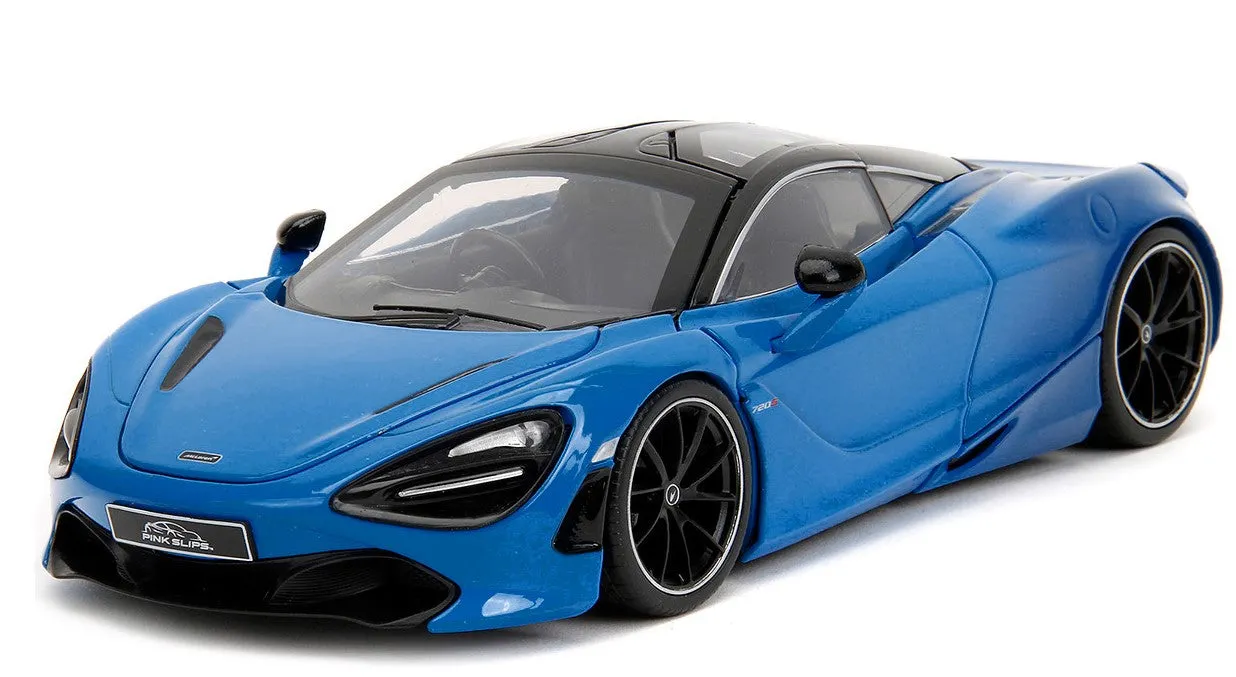
Proper storage and display are essential for preserving and showcasing your diecast car collection. Store your models in a cool, dry place away from direct sunlight and extreme temperatures, as these can damage the paint and materials. Consider using display cases with UV protection to shield your models from fading. Organize your collection systematically, whether by brand, make, model, or scale. Dust your models regularly using a soft brush or cloth to prevent dust accumulation. If you are storing models for an extended period, use the original packaging to protect them. Displaying your collection in a way that reflects your personal style and highlights your favorite models adds to the enjoyment of the hobby. Proper storage and display not only protect your investment but also allow you to fully appreciate the beauty of your collection.
Joining Collector Communities
Joining collector communities provides invaluable support and resources for diecast car enthusiasts. Online forums and social media groups offer platforms for sharing knowledge, discussing models, and trading or selling items. Local car clubs and collector meetings provide opportunities to connect with other collectors in person, exchange tips, and view collections. Attending car shows and swap meets is another excellent way to network, learn about new models, and potentially acquire rare items. Engaging with other collectors fosters a sense of community and encourages continued learning and enjoyment of the hobby. Participating in collector communities offers access to insider information about market trends, model values, and upcoming releases. This collaborative environment allows you to broaden your knowledge, build relationships, and enhance your collecting experience.
Maintaining and Preserving Your Models
Maintaining and preserving your diecast models ensures their longevity and value. Regular cleaning is vital to remove dust and grime, which can damage the paint and details over time. Store your models in a controlled environment away from direct sunlight, extreme temperatures, and high humidity. Use archival-quality materials, such as acid-free tissue paper or display cases with UV protection, to protect your models from damage. Handle your models with care, and avoid touching the paintwork excessively. Consider investing in cleaning products specifically designed for diecast models. Following these maintenance and preservation tips will help you protect your investment and ensure that your collection remains in excellent condition for years to come.
Cleaning and Care Techniques
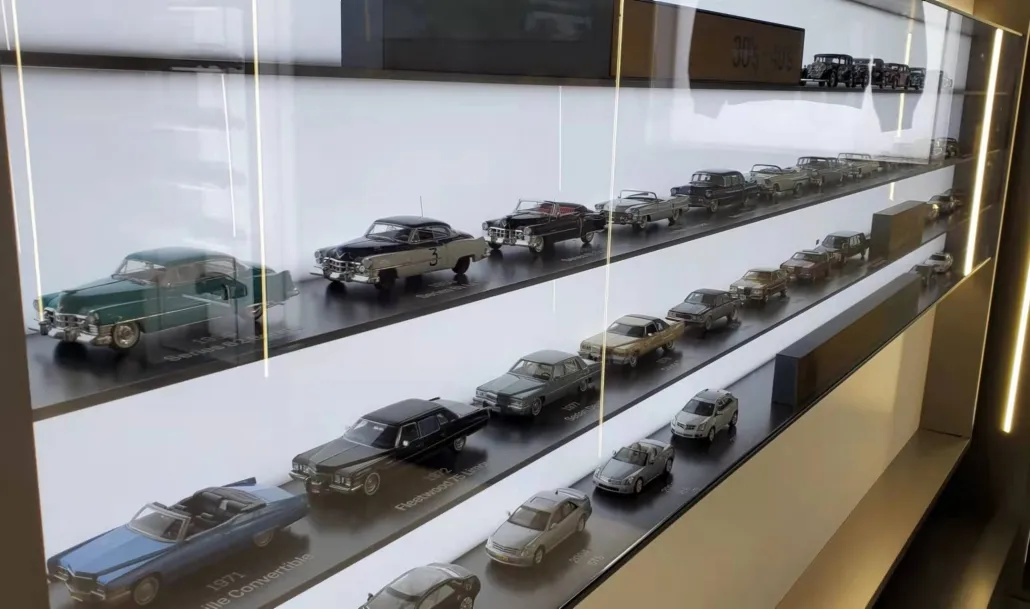
Cleaning and caring for your diecast models requires a gentle touch and the right tools. Start by dusting your models regularly using a soft brush or cloth. For more thorough cleaning, use a mild soap and water solution, applying it with a soft brush and avoiding excessive moisture. Dry your models completely with a clean cloth to prevent water spots. Avoid using harsh chemicals or abrasive cleaners, as these can damage the paint. Inspect your models periodically for any signs of damage, such as scratches or paint chips. In case of minor damage, you can use touch-up paint or seek professional restoration services. By adopting appropriate cleaning and care techniques, you can keep your diecast models looking their best and protect their value.
Common Issues and How to Resolve Them
Diecast models, despite their durability, can encounter various issues over time. Common problems include paint fading or chipping, broken parts, and loose or frozen moving parts. To address these issues, it’s essential to take a careful approach. For paint damage, consider using touch-up paint or seeking professional restoration services. Broken parts can sometimes be repaired or replaced by specialist repair shops. For loose or frozen moving parts, apply a small amount of lubricant designed for model cars. Always handle your models with care to minimize the risk of damage. By understanding these common issues and knowing how to address them, you can maintain your collection’s quality and value. Additionally, preventative maintenance, such as proper storage and careful handling, can significantly reduce the occurrence of these problems.
Expanding Your Knowledge
Continuous learning and staying informed are essential for diecast car collectors. Explore resources like books, magazines, and online forums to deepen your knowledge about the history of cars, the evolution of diecast models, and the latest trends in the market. Attend car shows and collector events to meet experts, exchange ideas, and discover new models. Research different brands and scales to understand their unique features and craftsmanship. Pay attention to market trends, model values, and the rarity of specific pieces. Building a network of contacts within the collector community provides access to valuable information and resources. The more you learn, the more informed and enjoyable your collecting experience becomes. Engaging in ongoing learning ensures that your passion for diecast cars remains fresh and exciting.
Exploring Different Scales and Genres
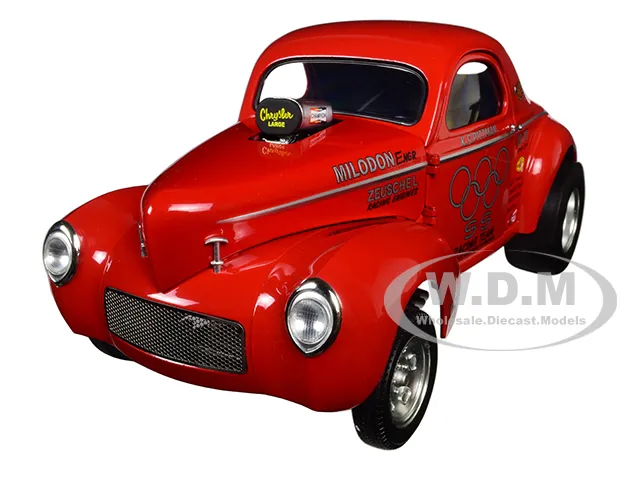
Expanding your knowledge involves exploring different scales and genres within the diecast car world. While you might initially focus on a particular scale, such as 1:18, exploring other scales, like 1:43 or 1:64, can open up new possibilities and diversify your collection. Different genres of vehicles, including classic cars, modern sports cars, race cars, and trucks, offer diverse collecting opportunities. By broadening your horizons, you can discover models that align with new interests and expand your collecting horizons. Experimenting with different scales and genres can prevent collecting fatigue and keep the hobby fresh and exciting. It also allows you to learn about various aspects of automotive history and design. The more you explore, the more enriched your diecast car collecting experience will become.
Keeping up with Market Trends
Staying informed about market trends is vital for diecast car collectors, especially those interested in investment. Monitor auction results, online marketplaces, and collector forums to stay updated on model values and demand. Subscribe to magazines, newsletters, and online resources that provide insights into the latest releases, limited editions, and market fluctuations. Follow industry news and research specific brands to stay informed about their latest offerings and special releases. Engage with experienced collectors and experts to gain insights into the market. Being aware of current trends will help you make informed decisions about which models to acquire and potentially sell. Keeping up with market trends ensures that your collection remains relevant and that your investment strategies are sound.
Conclusion
Diecast car collecting offers a rewarding journey filled with nostalgia, aesthetic appreciation, and potential investment. From understanding the basics to building a valuable collection, the hobby provides endless opportunities for personal growth and social connection. By defining your interests, setting a budget, and staying informed about market trends, you can build a collection that brings you joy and potentially appreciates in value. Whether you’re a beginner or an experienced collector, remember to embrace the learning process, connect with other enthusiasts, and enjoy the journey of acquiring these miniature masterpieces. The world of diecast cars is vast and exciting, so start your collection today and experience the thrill of the hobby.
